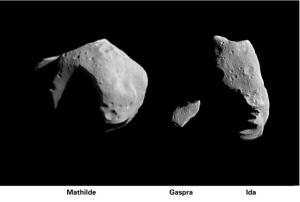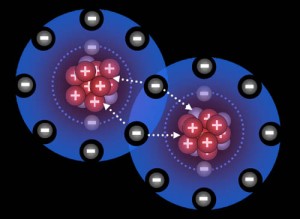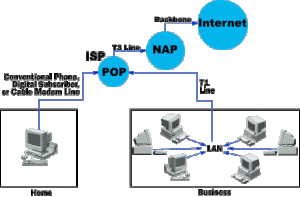 Over the last hundred years, the human population has exploded from about 1.5 billion to more than seven billion, driving an ever-increasing demand for resources. To satisfy civilization’s appetite, communities have expanded recycling efforts while mine operators must explore forbidding frontiers to seek out new deposits, opening mines miles underground or even at the bottom of the ocean.
Over the last hundred years, the human population has exploded from about 1.5 billion to more than seven billion, driving an ever-increasing demand for resources. To satisfy civilization’s appetite, communities have expanded recycling efforts while mine operators must explore forbidding frontiers to seek out new deposits, opening mines miles underground or even at the bottom of the ocean.
Asteroids could one day be a vast new source of scarce material if the financial and technological obstacles can be overcome. Asteroids are lumps of metals, rock and dust, sometimes laced with ices and tar, which are the cosmic “leftovers” from the solar system’s formation about 4.5 billion years ago. There are hundreds of thousands of them, ranging in size from a few yards to hundreds of miles across. Small asteroids are much more numerous than large ones, but even a little, house-sized asteroid should contain metals possibly worth millions of dollars. Continue reading


